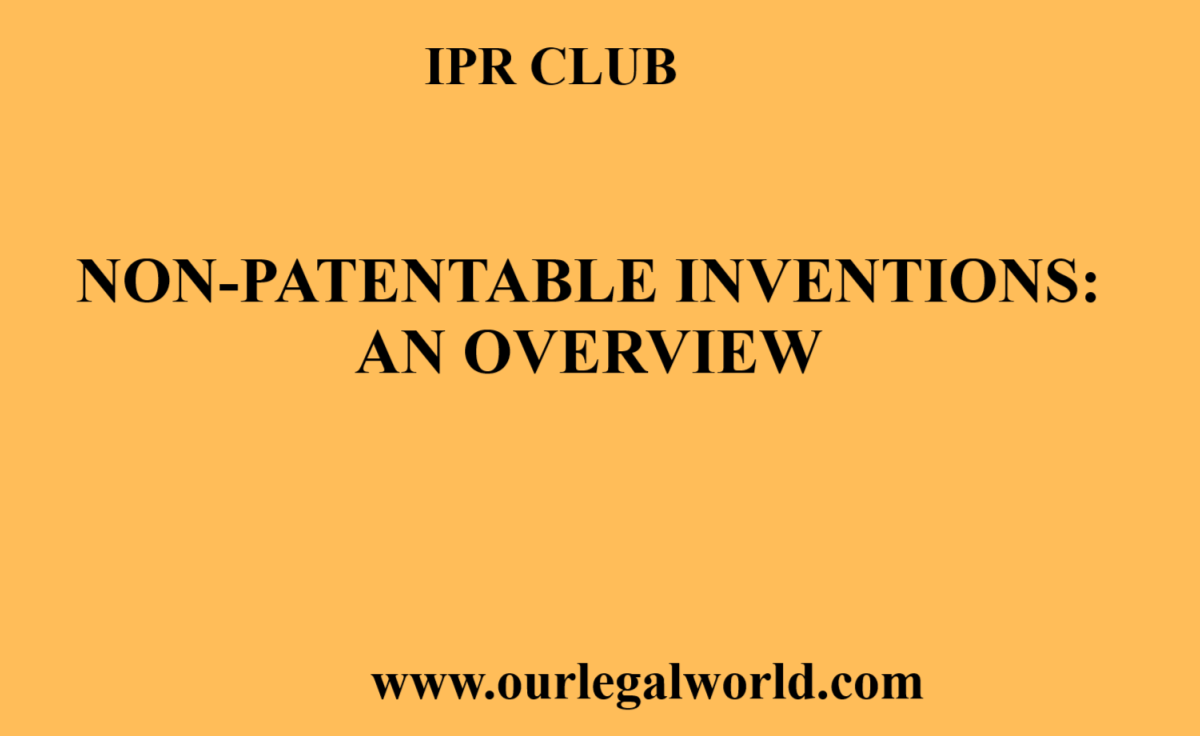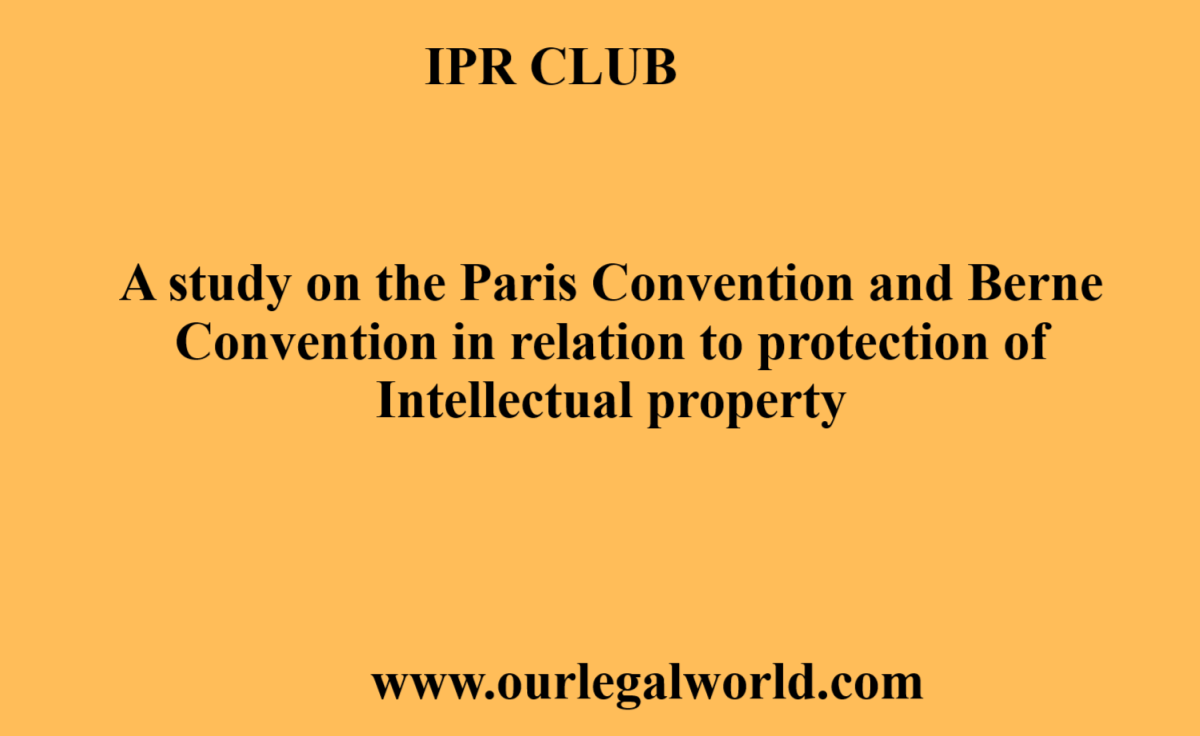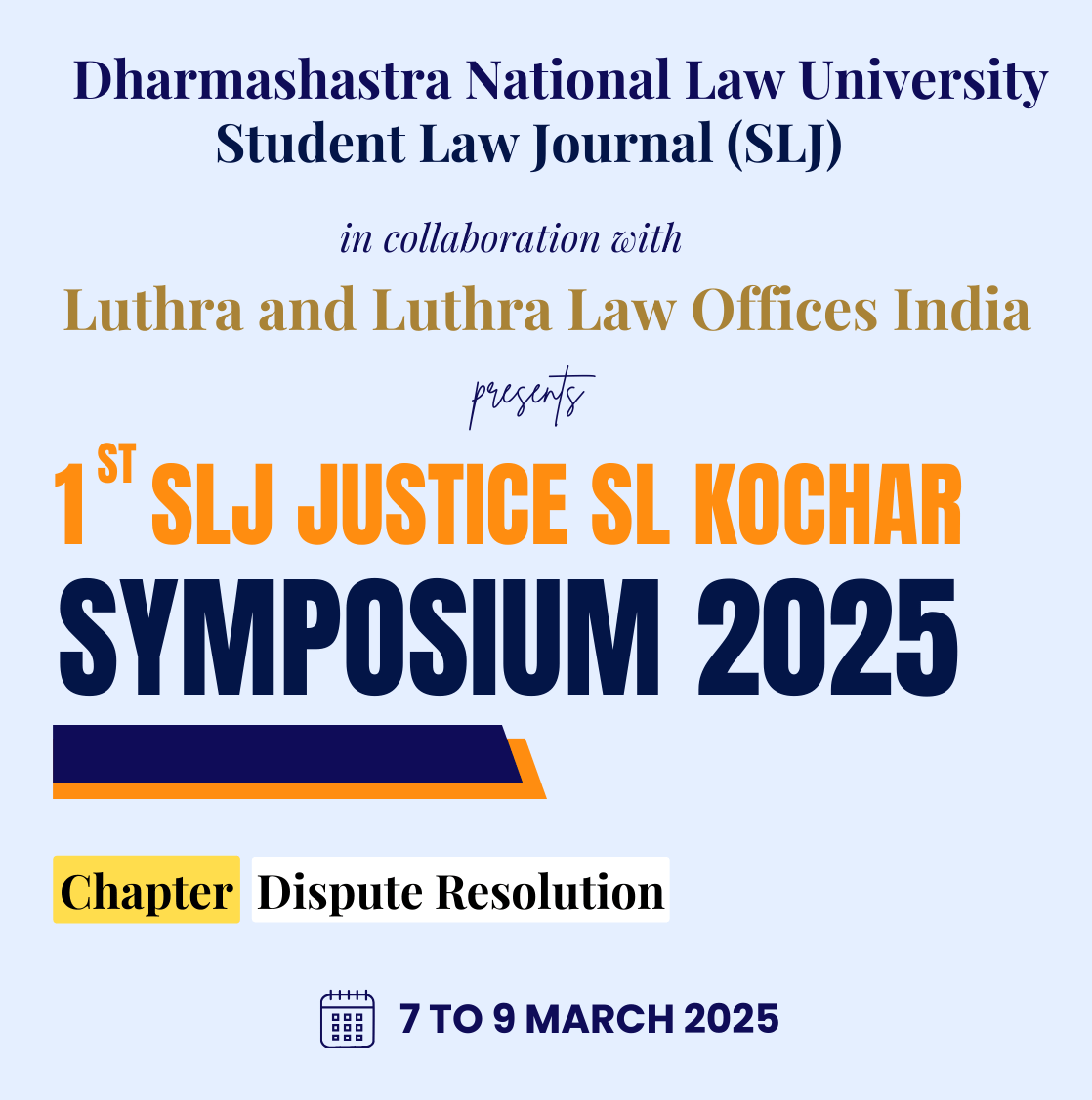The Legal Challenges of Copyright Infringement by AI
Written by Sadhil arora, 2nd year [National Law University, Delhi]
Introduction
Progress has always been met with protest. Before the popularisation of AI, there was the computer which suffered its fair share of scepticism. Decades earlier, the use of the typewriter was objected to by those making use of paper and ink. Technological advancements have a long history of being sidelined by status-quoists.
The issue with AI, however, albeit a technological system, is its pervasive misuse. AI has made its way into most aspects of the legal field. Meant to be a tool for assistance in development, complications arise when it is considered from the lens of the evolving legal landscape. This article will track legislations and international jurisprudence to analyse the issues of artificial intelligence in copyright infringement.
The Legitimacy Problem
There is a multijurisdictional challenge to artificial intelligence inherent in various copyright legislations. According to the Indian Copyright Act, 1957,[1] the word “author”, in relation to any literary, dramatic, musical, or artistic work which is computer-generated, the person who causes the work to be created. The Patents Act, 1970[2] makes it abundantly evident that AI systems are not to be included within its ambit through its regular use of the word “person” to define the patentee, and those who can file an application for a patent.
The Irish Copyright and Related Rights Act, 2000[3] furthers this trend and defines the ‘author’ as the person who creates a work, and “in the case of a work that is computer-generated, the person by whom the arrangements necessary for the creation of the work are undertaken;”
In South Africa as well, the South African Copyright Act of 1978[4], defines an “author” as the person who is responsible for making the necessary arrangements for the creation of computer-generated works. For a work to be copyrightable in South Africa, it must be ‘original’, i.e. it must reflect the skill and creative input of the author.
Multijurisdictional Jurisprudence
‘RAGHAV’ – India[5]
The Indian Copyright office, though by mistake, famously recognised the AI system ‘RAGHAV’ as a co-author of an artistic work along with the creator of the AI system, Mr. Ankit Sahni. Mr. Sahni, in the first instance, filed the application listing the AI as the sole author of the work, but it was rejected. The Copyright Office later issued a notice for withdrawal citing the reason that it had erroneously granted the registration. The court is yet to decide on the issue.
Zarya of the Dawn – United States[6]
In the United States, Kris Kashtanova successfully registered copyright for her comic book, “Zarya of the Dawn,” the illustrations used in which were created using MidJourney, a generative artificial intelligence system. However, the U.S. Copyright Office reviewed the registration and clarified that while Kashnatova could claim copyright over the “human-authored aspects,” the AI-generated images could not be protected. The AI-generated components remain outside the protection of copyright.
New York Times v OpenAI and Microsoft[7]
This was the first challenge by a major American news organisation over the use of artificial intelligence to illegally train A.I. systems. The lawsuit contended that OpenAI’s ChatGPT and Microsoft’s Bing Chat can produce content that is nearly identical to the Times’s articles, which has allowed the companies to “free-rife on The Times’s massive investment in its journalism by using it to build substitutive products without permission or payment.”
Thaler v. U.S. Copyright Office (DABUS AI Case)[8]
In this case, Stephen Thaler applied for copyright on behalf of his AI system DABUS, arguing that the AI had autonomously created the artwork. Thaler sought to have DABUS recognized as the author. The U.S. Copyright Office rejected the application, stating that under existing law, only human creators can hold copyright.The case highlighted the limitations of current copyright frameworks when applied to AI-created works, reaffirming the necessity of human authorship for copyright protection.
Getty Images v. Stability AI[9]
Getty Images sued Stability AI, the company behind the AI tool Stable Diffusion, in January 2023. The lawsuit alleged that Stability AI had used millions of Getty’s copyrighted images without permission to train its AI model. Getty argued this constituted copyright infringement and devalued their work. This case emphasizes the challenges of AI training data and copyright law, especially around the unauthorized use of copyrighted material for AI training.
Super Cassettes Industries Ltd. v. Hamar Television Network Pvt. Ltd. (Delhi High Court, 2010)[10]
This case discusses the standard for copyright protection and the necessity for originality in a compilation. It emphasises that copyright does not protect mere labour but requires the exercise of skill and judgment. In the context of AI, the question arises whether the outputs generated by AI can be considered original or whether they merely reflect the data and algorithms used to create them. This case sets a precedent that originality is a core requirement for copyright protection.
INFORMA MARKETS INDIA PRIVATE LIMITED v. M/S 4PINFOTECH AND ANR (Delhi High Court, 2024)[11]
The case outlines the requirements for determining originality and copyrightable authorship. It emphasises that originality does not necessitate novelty but requires a certain level of skill and judgment. This judgment is particularly relevant when considering AI-generated works. If AI outputs do not meet the threshold of originality as defined in this case, they may not qualify for copyright protection.
HUMANS OF BOMBAY STORIES PVT. LTD. v. POI SOCIAL MEDIA PVT. LTD. & ANR. (Delhi High Court, 2023)[12]
The court ruled that platforms cannot replicate or imitate each other’s content, emphasising the protection of literary and artistic works under the Copyright Act. This case underscores the importance of protecting creative expressions, which is crucial when discussing AI-generated content. If AI systems replicate existing works without sufficient transformation, they may infringe on copyright.
Chancellor Masters v. Narendera Publishing House (Delhi High Court, 2008)[13]
This case discusses the idea-expression dichotomy, asserting that copyright protects the expression of ideas rather than the ideas themselves. This principle is vital in the AI context, where the outputs may be seen as derivative of existing works. The distinction between an idea and its expression will be critical in determining copyright eligibility for AI-generated content.
Eastern Book Company And Others v. D.B Modak And Another (Supreme Court Of India, 2007)[14]
The court held that substantial alterations are required to create a new version of a work that can be copyrighted. It emphasises the necessity of originality in derivative works. This ruling is significant for AI applications that create derivative works. It raises the question of whether AI-generated content can be considered new or merely a rehash of existing material.
MICROSOFT TECHNOLOGYU LICENSING, LLC v. THE ASSISTANT CONTROLLER OF PATENTS AND DESIGN (Delhi High Court, 2023)[15]
The judgment discusses patentability concerning technological advancements and the requirement for a technical contribution to qualify for protection. This case illustrates the complexities of protecting software and AI innovations, highlighting the need for clear definitions of what constitutes a copyrightable work in the tech domain.
India Tv Independent News Service Pvt. Ltd. & Ors. v. Yashraj Films Pvt. Ltd. (Delhi High Court, 2012)[16]
The ruling emphasises that any work containing a modicum of creativity is copyrightable, and copyright attaches automatically without registration. This principle is crucial in the AI context, where the automatic generation of content raises questions about the ownership of rights and the implications for copyright law.
Implications for AI and Copyright Law
The evolution of AI technology presents unique challenges for copyright law, particularly concerning originality and authorship. The judgments discussed above collectively highlight several key issues. The requirement for originality in copyright law raises questions about who qualifies as the author of AI-generated works. The Indian Copyright Act defines the author of computer-generated works as the person who causes the work to be created. This definition may not adequately address the complexities of AI systems, where multiple contributors (developers, data providers, etc.) may influence the final output.
Many AI systems generate outputs based on existing data, leading to concerns about whether such outputs are sufficiently transformative to qualify for copyright protection. The principle established in Eastern Book Company And Others v. D.B Modak And Another emphasises that substantial alterations are necessary for derivative works to be protected. This principle may limit the copyrightability of AI-generated content that closely resembles existing works.
The discussions around fair use, particularly in the context of transformative works, are crucial when considering AI-generated content. The case of Chancellor Masters v. Narendera Publishing House illustrates the importance of distinguishing between ideas and their expressions, which will be vital in determining whether AI outputs infringe on existing copyright.
As technology evolves, the legal framework must adapt to address the implications of AI in copyright law. The judgments from Microsoft Technology Licensing, LLC v. The Assistant Controller of Patents and Design illustrate the need for clear guidelines on how copyright applies to software and AI innovations.
The case of India Tv Independent News Service Pvt. Ltd. & Ors. v. Yashraj Films Pvt. Ltd. emphasises the need to balance copyright enforcement with public interest. This balance becomes increasingly important in the context of AI, where the potential for widespread copyright infringement exists due to the automatic generation of content.
Conclusion
The analysis of these judgments reveals a complex interplay between copyright law and the advancements in AI technology. As AI continues to evolve, it is imperative for legal frameworks to adapt to address issues of originality, authorship, and the potential for infringement. The insights gained from these cases will be essential in formulating policies and regulations that foster innovation while protecting the rights of creators in the digital age.
[1] The Copyright Act 1957
[2] The Patents Act 1970
[3] Irish Copyright and Related Rights Act 2000
[4] South African Copyright Act 1978
[6] Kris Kashtanova v United States [2023] USDC (D.C.)
[7]New York Times Company v Microsoft Corporation et al [2023] USDC (S.D.N.Y.)
[8]Thaler v US Copyright Office [2022] USDC (D.C.)
[9] Getty Images (US), Inc. v Stability AI, Inc. [2023] USDC (S.D.N.Y.)
[10] Super Cassettes Industries Ltd. v Hamar Television Network Pvt. Ltd. [2022] Delhi High Court (CS(COMM) 100/2022)
[11] INFORMA MARKETS INDIA PRIVATE LIMITED v M/S 4PINFOTECH AND ANR [2023] Delhi High Court (CS(COMM) 123/2023)
[12] Humans of Bombay Stories Pvt. Ltd. v POI Social Media Pvt. Ltd & Anr 1234 [2023] Bombay High Court
[13] Chancellor Masters and Scholars of the University of Oxford v Narendra Publishing House [2021] UKSC 15
[14] Eastern Book Company and Others v DB Modak and Another [2008] 1 SCC 1
[15] Microsoft Technology Licensing, LLC v The Assistant Controller of Patents and Designs [2019] IPAB (Appeal No. 12/2019)
[16] India TV Independent News Service Pvt. Ltd. & Ors. v Yashraj Films Pvt. Ltd.[2022] Delhi High Court 456





![Jamia Hamdard Mediation Competition 2025 at School of Law, HILSR [21st February 2025]](https://ourlegalworld.com/wp-content/uploads/2024/12/Screenshot-11-min-1.png)

